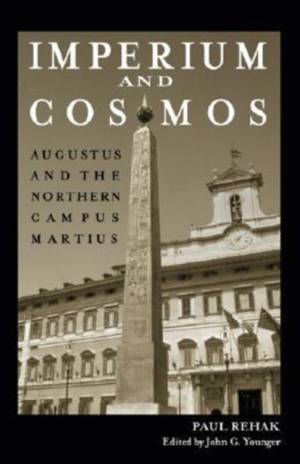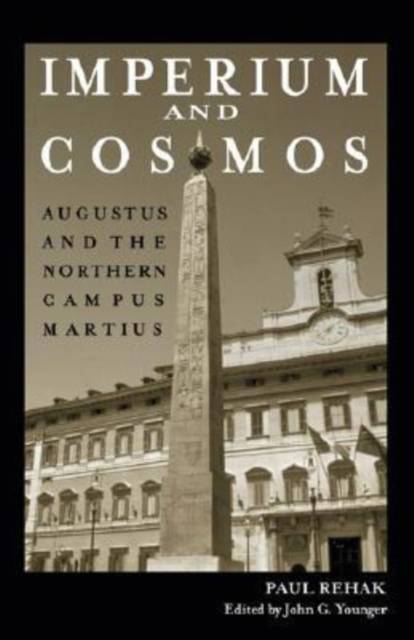
- Afhalen na 1 uur in een winkel met voorraad
- Gratis thuislevering in België vanaf € 30
- Ruim aanbod met 7 miljoen producten
- Afhalen na 1 uur in een winkel met voorraad
- Gratis thuislevering in België vanaf € 30
- Ruim aanbod met 7 miljoen producten
Zoeken
€ 97,45
+ 194 punten
Uitvoering
Omschrijving
Caesar Augustus promoted a modest image of himself as the first among equals (princeps), a characterization that was as popular with the ancient Romans as it is with many scholars today. Paul Rehak argues against this impression of humility and suggests that, like the monarchs of the Hellenistic age, Augustus sought immortality--an eternal glory gained through deliberate planning for his niche in history while flexing his existing power. Imperium and Cosmos focuses on Augustus's Mausoleum and Ustrinum (site of his cremation), the Horologium-Solarium (a colossal sundial), and the Ara Pacis (Altar to Augustan Peace), all of which transformed the northern Campus Martius into a tribute to his major achievements in life and a vast memorial for his deification after death. Rehak closely examines the artistic imagery on these monuments, providing numerous illustrations, tables, and charts. In an analysis firmly contextualized by a thorough discussion of the earlier models and motifs that inspired these Augustan monuments, Rehak shows how the princeps used these on such an unprecedented scale as to truly elevate himself above the common citizen.
Specificaties
Betrokkenen
- Auteur(s):
- Uitgeverij:
Inhoud
- Aantal bladzijden:
- 288
- Taal:
- Engels
- Reeks:
Eigenschappen
- Productcode (EAN):
- 9780299220105
- Verschijningsdatum:
- 27/11/2006
- Uitvoering:
- Hardcover
- Formaat:
- Genaaid
- Afmetingen:
- 210 mm x 262 mm
- Gewicht:
- 898 g

Alleen bij Standaard Boekhandel
+ 194 punten op je klantenkaart van Standaard Boekhandel
Beoordelingen
We publiceren alleen reviews die voldoen aan de voorwaarden voor reviews. Bekijk onze voorwaarden voor reviews.













